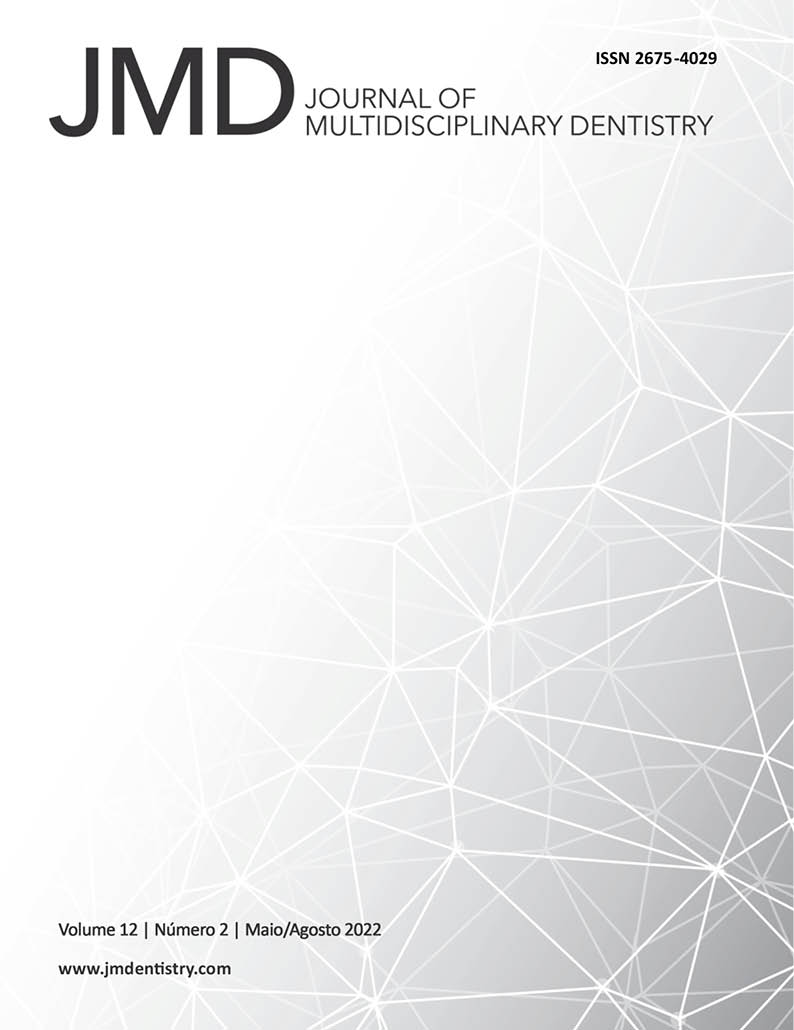Canine traction through the use of cantilever, ballista system and segmented bow
DOI:
https://doi.org/10.46875/jmd.v12i2.1099Keywords:
Cuspid, Tooth, unerupted, OrthodonticsAbstract
The objective of this work is to carry out a review of the literature on impacted canines, presenting the forms of diagnosis and traction through the use of cantilever, ballista system and segmented arch. Canine is one of the dental elements with the highest non-irruption rate, there are many factors that influence this condition, they can be local or genetic. Canine location and prognosis, which are determined by imaging during diagnosis, patient age and gender, must be taken into account when planning and selecting the traction technique. Traction through the use of an orthodontic device has been shown to be favorable for being low cost, comfortable for the patient and for allowing the application of controlled forces through the cantilever, ballista system or segmented arch. Early diagnosis and intervention facilitates treatment and improves prognosis, thus resulting in successful treatment.


